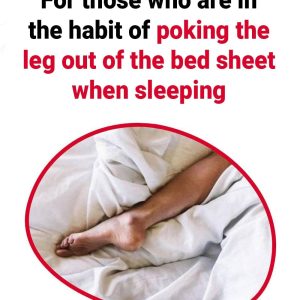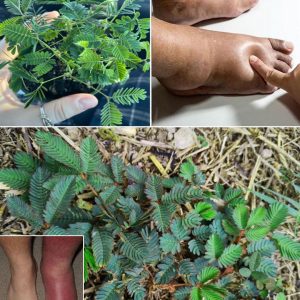
According to Joseph Jorizzo, MD, from Wake Forest University, “your skin can be a window to your underlying health.” Skin is more than just a protective barrier—it can reveal what’s happening inside the body.
Unexpected skin changes may be the body’s early signal that something more serious is developing. Recognizing these signs can help you take action sooner and seek proper care.
What Is Livedo Reticularis?
Livedo reticularis (LR), also called mottled skin, is a type of discoloration that develops when blood flow to the skin is disrupted. A study on this condition found that LR is often temporary and harmless, usually triggered by cold temperatures or stress. In some cases, however, it can signal an underlying health problem.
LR appears as a purple, net-like or lace-patterned discoloration, often on the arms or legs. It occurs most often in infants and in females between the ages of 20 and 50.

Causes and Triggers
Mottled skin occurs when changes in circulation affect the blood flow close to the skin’s surface. Possible causes include low oxygen levels in the blood, blood vessel spasms, or shifts in circulation.
It can also result from certain health conditions or as a side effect of medications—particularly amantadine, a dopamine agonist used to treat Parkinson’s disease, multiple sclerosis, and ADHD.
The discoloration usually worsens in cold weather and may fade as the skin warms.
Types of Livedo Reticularis
There are two main forms:
Physiological (Primary) LR: A harmless and temporary reaction to cold, often seen in children, young adults, or people with fair skin.
Pathological (Secondary) LR: More persistent and linked to health conditions such as autoimmune disorders, vascular disease, or blood clotting abnormalities.
According to Verywell Health, triggers for LR include exposure to cold, septic shock, antiphospholipid syndrome, lupus, certain medications, rheumatoid arthritis, pancreatitis, thyroid disorders, and it may also appear in people nearing the end of life.
Though less common, LR can sometimes signal serious systemic illnesses. These include Sneddon’s syndrome—which connects the skin pattern to stroke risk—polyarteritis nodosa, or cholesterol embolization.

Treatment Options
Primary LR usually requires no treatment and tends to resolve on its own once the body warms. Secondary LR, however, may require medical intervention. Doctors might prescribe:
• Anticoagulants to prevent clotting
• Corticosteroids to reduce inflammation
• Medications to improve circulation
Lifestyle changes may also be recommended, such as quitting smoking, exercising regularly, and managing blood pressure and cholesterol.
This information is intended for educational purposes only. It should not replace professional medical advice, diagnosis, or treatment. Always consult a qualified healthcare provider with any questions about a medical condition.




